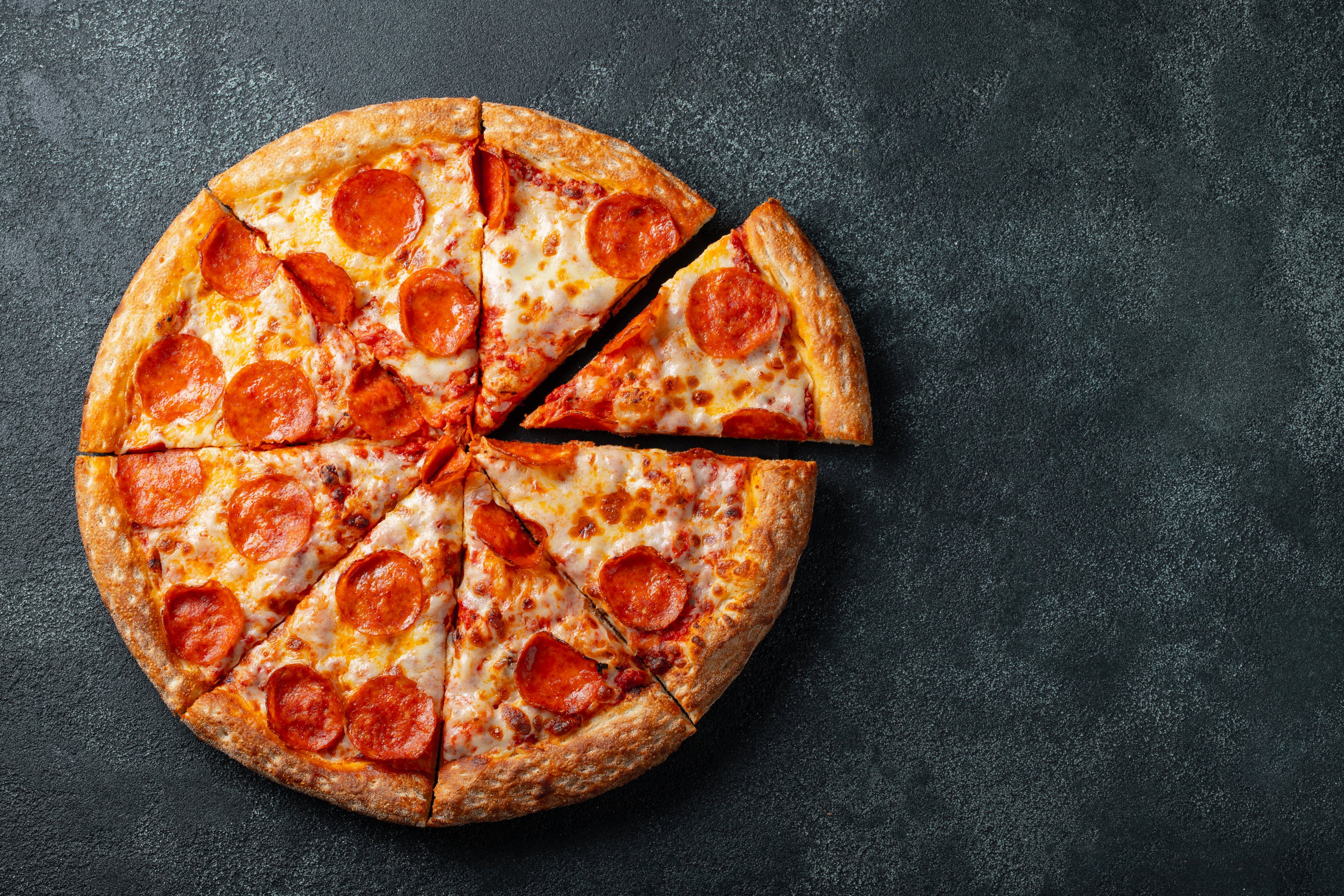Domino's (DPZ +0.16%) has managed to keep growing even as the restaurant and fast-food industries contracted through the early weeks of the global COVID-19 pandemic. The pizza specialist's business model was already optimized for delivery and carry-out only, which has helped it avoid the widespread closures and slumping customer traffic that are hurting most of its peers.
In a conference call with Wall Street analysts, CEO Rich Allison and his team explained how demand trends have shifted in recent weeks in key markets like the U.S. and China while predicting that Domino's has the financial resources it needs to navigate through the disruption. Below, we'll look at a few highlights from that presentation.

Image source: Getty Images.
Scrambled demand trends
We continue to observe and analyze the rapidly changing trends in consumer purchasing behavior. Across delivery and carryout service methods, day parts, days of the week, the U.S. will continue to be impacted by many factors such as shelter-in-place orders, business and school closings and event cancellations.
-- Allison
Social distancing orders immediately ended important revenue streams such as concerts, sporting events, and university traffic. But Domino's has seen a bigger lift as consumers look for dining options while they're staying at home. Demand is especially high for lunch and dinner times during the week, while the chain's late-night and weekend businesses have declined.
Overall, the financial impact has been positive, with sales rising 7% in the U.S. during the last few weeks compared to the 2% rate at which the chain had been growing before the pandemic. Management was careful to note that these demand shifts are volatile and don't describe a new normal. "The restaurant industry is facing an existential crisis," Alison said, "and no one knows how many restaurants will survive or what form the industry will take as this crisis eventually abates."
International issues
Some markets where we have significant service method and operating hour restrictions, we've seen major declines in same-store sales. In other markets, we've seen strong recovery and steady gains in same-store sales over the recent weeks.
-- Allison
Domino's has seen its international segment decline through the first few weeks of the second quarter, which might threaten its streak of 105 consecutive quarters of growth in that division. That decline is mostly driven by temporary store closures and market lockdowns, though, and mainly just in a few key markets.
In China, which was the first to see a major disruption, restaurant sales are rebounding and growth has been accelerating for weeks. Many stores remain closed, but that trend is improving too, with 1,750 locations shut down today compared to 2,400 at the peak.
Cash updates
We currently have more than $325 million in available cash, and we note that our ongoing operations have provided positive net cash flow to the business during this crisis so far.
-- CFO Jeffrey Lawrence
Domino's came into the crisis with a significant debt burden of over $4 billion. Fortunately, it also boasted healthy financial trends, with the average franchisee generating $1 million of adjusted earnings in the past year.
Cash flow has been positive through the first few weeks of the pandemic's impact in the core U.S. market, but executives aren't leaving anything to chance. They drew down Domino's rotating credit line, which puts them at $325 million of cash today.
The steady inflow has made it possible to continue investing in the business, including by opening a new distribution center on March 29. But management stands ready to pull back on those programs if economic trends worsen. "You can rest assured that we are carefully managing our balance sheet," Lawrence said.






